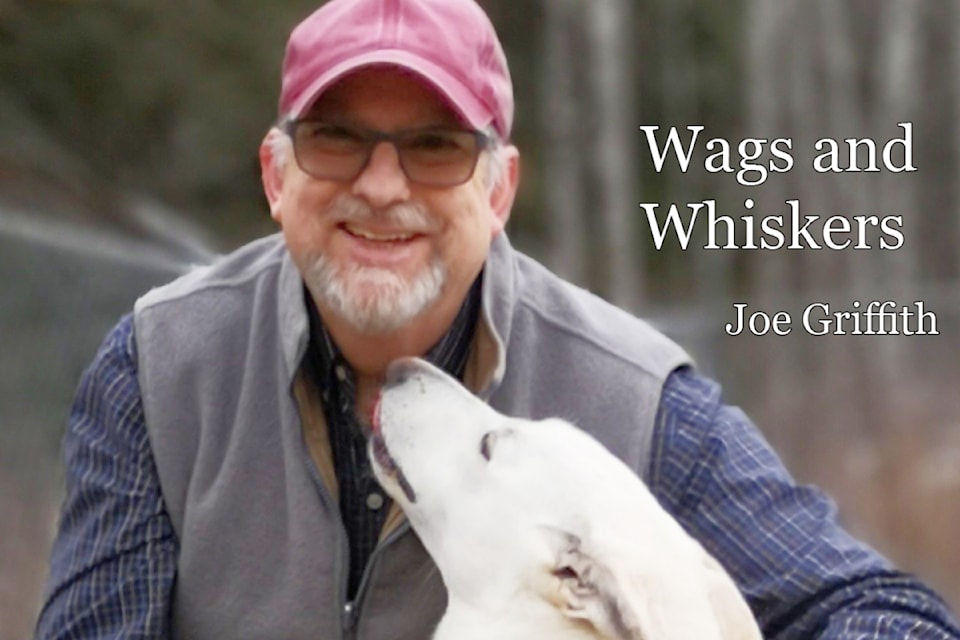When Molly, a young German Shepherd, joined her new family, it was meant to be the beginning of a joyful new chapter. The couple—already loving guardians to a calm, older dog—had recently welcomed their first child. They imagined a vibrant household filled with tail wags, play sessions in the yard, and sweet moments shared between their two dogs and growing family.
At first, Molly was everything they hoped for—bright, affectionate, and eager to please. But it wasn’t long before they noticed something wasn’t quite right. She began chasing her tail, at first only occasionally. Then it escalated. Molly would spin in frantic circles, sometimes for minutes at a time, seemingly unaware of the world around her. No amount of redirection could reliably stop her.
As time passed, the spinning became a regular event. It happened when she was excited, when she was anxious, when people came over—or sometimes for no clear reason at all. The behavior became so intense that she’d sometimes knock over the baby during her episodes. Despite her guardian’s best efforts—adjusting her routine and seeking training advice online—they couldn’t seem to help Molly.
They were heartbroken and exhausted. That’s when they decided to contact me.
When I arrived, I saw a dog who was trying desperately to cope. Molly greeted me and, within minutes, began spinning—tight, fast circles, her eyes glazed. This wasn’t typical puppy energy or boredom. It was something deeper.
I explained to the couple that Molly was showing signs of Canine Compulsive Disorder (CCD)—a condition in which dogs develop repetitive, compulsive behaviour, similar in some ways to OCD in humans.
In dogs, CCD can be tail chasing, flank sucking, excessive licking, pacing, or other repetitive actions that seem disconnected from the environment and hard to interrupt. It’s not disobedience or poor training—it’s a neurological condition that requires both compassion and a structured treatment plan.
We started with a veterinary referral to rule out pain or neurological issues and to discuss medication options that can help reduce Molly’s compulsive drive. Then, we built a customized rehabilitation plan focused on reducing her stress, creating predictable routines, introducing calming enrichment, and reinforcing alternative behaviours.
Recovery hasn’t been fast, but nine months later, Molly’s progress is undeniable. Her spinning is less frequent, and when it happens, she can often stop and re-engage with her people.
Structured routines, calming enrichment, and ongoing support have helped her feel safer and more connected. She now plays gently with the family’s older dog and relaxes near their toddler, something that once felt impossible. Her eyes are softer, her world calmer. While CCD may never fully disappear, Molly’s story is proof that with patience, consistency, and the right help, healing is not only possible—it’s life-changing for everyone involved.
Canine Compulsive Disorder is often misunderstood and it’s more common than many realize. If your dog shows signs such as constant spinning, tail chasing, or other repetitive behaviour that is hard to interrupt, don’t wait—reach out for help.
Early support can make all the difference.



